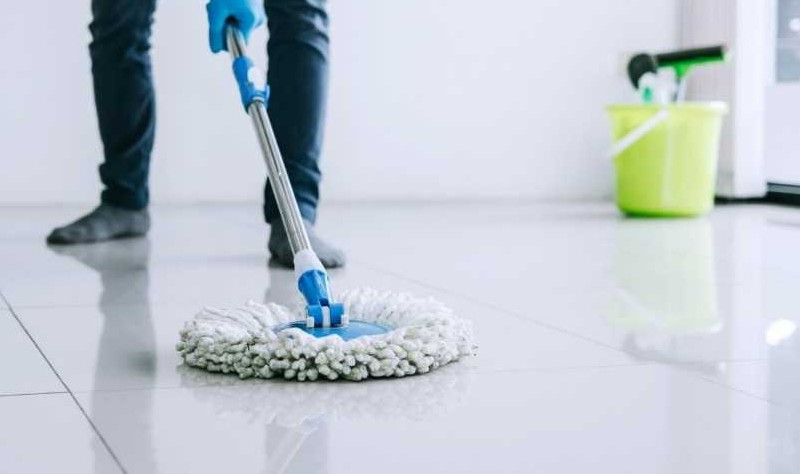Marble floors exude elegance and luxury, adding a touch of sophistication to any space they grace. However, to maintain their pristine appearance and durability, proper Marble Floor Cleaning and maintenance are paramount. Marble, a natural stone renowned for its beauty, is also susceptible to staining, scratching, and dulling if not cared for correctly. In this comprehensive guide, we’ll explore the best practices for cleaning marble floors, ensuring they retain their lustrous shine and timeless appeal for years to come.
Understanding Marble Floors:
Marble is a metamorphic rock formed from limestone subjected to high pressure and heat, resulting in its distinctive veining patterns and luxurious appearance. While prized for its beauty, marble is a relatively soft and porous material, making it susceptible to damage from spills, abrasive cleaners, and foot traffic. Understanding the characteristics of marble is crucial for implementing an effective cleaning regimen that preserves its natural beauty.
Marble Floor Cleaning Step-by-Step Process:
Follow these steps to effectively clean and maintain your marble floors:
Step 1: Remove Surface Debris:
Begin by sweeping or vacuuming the marble floor to remove loose dirt, dust, and debris. Use a soft-bristled broom or vacuum with a brush attachment to prevent scratching the surface.
Step 2: Prepare a Marble Floor Cleaning Cleaning Solution:
In a bucket, mix a pH-neutral cleaner or a mild detergent with warm water. Avoid acidic cleaners, vinegar, or abrasive substances that can etch or damage the marble.
Step 3: Test in a Small Area:
Before applying the cleaning solution to the entire floor, test it in a small, inconspicuous area to ensure compatibility and assess any adverse reactions.
Step 4: Mop the Floor:
Dip a soft mop or microfiber cloth into the cleaning solution and wring out excess water. Mop the marble floor in gentle, overlapping strokes, working in sections to prevent the solution from drying on the surface.
Step 5: Address Stubborn Stains:
For stubborn stains or spills, spot-clean the affected areas with a soft cloth dampened with the cleaning solution. Avoid scrubbing vigorously, as this can exacerbate the stain or damage the marble.
Step 6: Rinse Thoroughly:
Once the floor has been cleaned, rinse it thoroughly with clean water to remove any remaining cleaning residue. Use a separate mop or cloth dampened with water to ensure all traces of the cleaning solution are removed.
Step 7: Dry the Floor:
Using a clean, dry microfiber cloth or towel, thoroughly dry the marble floor to prevent water spots and streaks. Pay particular attention to grout lines and crevices where water may accumulate.
Step 8: Polish and Protect:
For added shine and protection, consider polishing the marble floor with a marble-specific polish or sealer. Follow the manufacturer’s instructions carefully and apply the product evenly to enhance the marble’s natural luster and provide a protective barrier against stains and scratches.
Maintenance Tips:
- Place mats or area rugs in high-traffic areas to reduce wear and prevent scratches.
- Promptly clean up spills and stains to prevent them from penetrating the marble’s porous surface.
- Avoid using acidic or abrasive cleaners, as well as harsh cleaning tools like steel wool or abrasive pads.
- Regularly dust and sweep the marble floor to prevent dirt and debris from accumulating and scratching the surface.
Conclusion:
With proper care and maintenance, marble floors can remain a stunning focal point in any home or commercial space. By following the steps outlined in this Marble Floor Cleaning guide and adopting a regular cleaning routine, you can preserve the beauty and elegance of your marble floors for generations to come. Treat your marble floors with the respect and care they deserve, and they will continue to dazzle with their timeless charm and sophistication.
